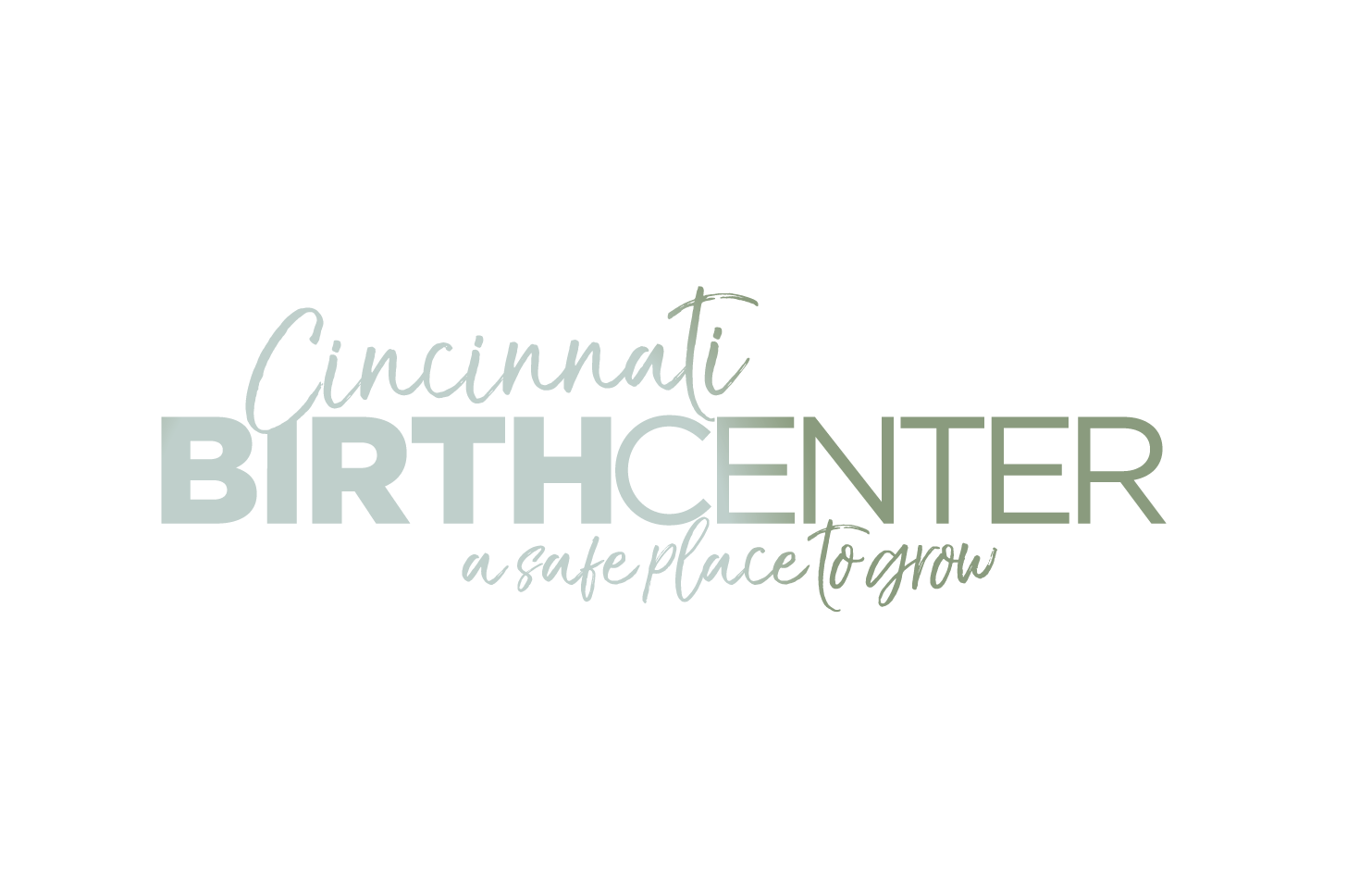Mayan Abdominal Massage Therapy
/Services starting at the Cincinnati Birth Center this Fall
Mayan Abdominal Massage, also known as the Arvigo Techniques of Maya Abdominal Therapy®, is rooted in the traditional medicine of the Maya civilization. The abdomen is a central hub for health, so abdominal massage focuses on balancing and aligning internal organs for full system health.
What is Mayan Abdominal Massage?
Mayan Abdominal Massage dates back thousands of years to the Maya civilization. The Maya were renowned for their advanced understanding of medicine, astronomy, and spirituality. They understood that misalignment of the body’s internal organs (due to physical trauma, emotional stress, poor posture, or other factors) often could lead to various health issues.
Mayan healers, known as "curanderos," developed a system of massage techniques to reposition the organs, improve circulation, and enhance the flow of energy throughout the body.
In the 20th century, Dr. Rosita Arvigo, an American herbalist and naturopath, studied under a Maya shaman in Belize named Don Elijio Panti. She later systematized and introduced these ancient techniques to a modern audience.
The main purpose of Mayan Abdominal Massage is to restore balance within the body by aligning the internal organs, particularly those in the abdomen and pelvic region.
This alignment is believed to support the body’s natural healing processes and prevent various health problems.
Benefits of Mayan Abdominal Massage
The benefits of Mayan Abdominal Massage are for everyone, whether they are pregnant or not!
Benefits for Non-Pregnant Individuals:
Digestive Health: Mayan Abdominal Massage can relieve chronic digestive issues such as bloating, constipation, indigestion, and irritable bowel syndrome (IBS) by improving digestion and elimination.
Menstrual and Reproductive Health: For women, this massage can alleviate menstrual pain, irregular cycles, endometriosis, and other gynecological issues by enhancing blood flow to the uterus and ovaries and addressing uterine misalignment.
Emotional Well-being: Massage can help release stored emotions and tension, which helps improve mental clarity and reduce anxiety or depression.
Detoxification: By stimulating the lymphatic system and improving circulation, abdominal massage helps the body eliminate toxins.
Benefits for Pregnant Individuals:
Pregnancy Discomfort: Abdominal massage can relieve common pregnancy discomforts such as back pain, sciatica, and digestive issues by improving circulation and relieving tension in the abdomen and lower back.
Fetal Positioning: Massage may also help with correct fetal positioning by making sure the uterus is properly aligned and has enough space for the baby to move into the ideal position for birth.
Labor Prep: Massage can help prepare the body for labor and delivery, which may lead to a smoother birthing experience.
Postpartum Recovery: After birth, abdominal massage supports the uterus in returning to its pre-pregnancy position, reduces the chance of hemorrhage, and helps with breastfeeding challenges.
Conditions Addressed by Mayan Abdominal Massage
This is a list of some conditions that Mayan Abdominal Massage can help manage:
Constipation
Bloating
Gas
IBS
Infertility
Menstrual Irregularities
Pelvic Pain
Fibroids and cysts
Incontinence
Bladder Infections
Emotional Stress
Endometriosis
Labor and Delivery Aid
How Mayan Abdominal Massage is Performed
Mayan Abdominal Massage involves gentle, non-invasive manipulation of the abdomen and surrounding areas to reposition organs, improve circulation, and promote healing.
Your practitioner will use their hands to apply gentle pressure and move the abdominal organs into their proper positions. This may involve massaging the lower back, hips, and pelvic area as well.
After the massage, clients are often given self-care techniques to continue at home, such as specific exercises, dietary recommendations, and lifestyle changes to support the healing process. Regular sessions are recommended for optimal results, especially for chronic conditions or during pregnancy.
***
Whether used during pregnancy or to address other health concerns, Mayan Abdominal Massage offers a pathway to healing rooted in traditional medicine.
We’re so excited to start offering Abdominal Massage services at the Cincinnati Birth Center this Fall!
Want to find out more? Contact us with any questions!















